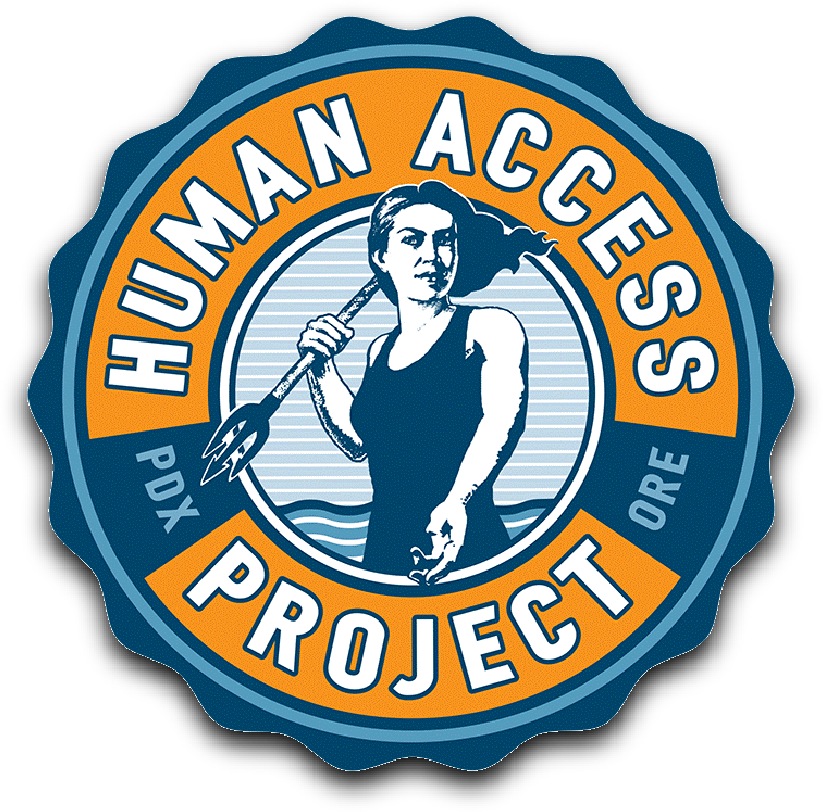September 1, 2018
|
|
Have you been curious why a Harmful Algae Bloom (HAB) has developed in Ross Island Lagoon the last four summers in downtown Portland? Good news is there’s a surprisingly simple solution to this problem.
|
|
|
Why are these blooms happening?
It is very unusual for a Harmful Algae Bloom (HAB) to form on a river. Typically HABs need three things to thrive: little to no water circulation (why they typically form on lakes), high water temps, and nitrogen load. Generally, a river’s current alone is enough to break up a bloom.
|
|

Choked off circulation
In 1926, the US Army Corp of Engineers connected Ross and Hardtack Islands in the Willamette River to create one large crescent-shaped Ross Island with a tiny opening on the east side. That same year, Ross Island Sand and Gravel purchased the newly expanded Ross Island and began mining operations. This Island coupling destroyed the natural river flow of the Willamette River and created a “ponding” effect. Ross Island is now home to what is effectively a pond inside a river.
|
|
|
Increasing river temperatures
Until 2015, typical Oregon snowpack kept the Willamette River at a water temperature cool enough to discourage development of HABs. Since then, depleted snowpack has led to increased temperatures in Ross Island Lagoon.
Sadly, this recent trend of decreased snowpack is not going away. Oregon DEQ projects a 50% decrease in Oregon’s snowpack by 2050.
|
|
|
Why are HABs harmful?
HABs kill invertebrates, wildlife, and dogs. Occasionally, HABs will die off in mass, sucking oxygen out of the river which could lead to massive fish kills. Needless to say, toxic HABs would not allow for human recreation.
|
|
|
THE SOLUTION!
The very good news is that this is a solvable problem - it’s a matter of restoring water circulation to the Ross Island Lagoon. One solution would be adding fish passages to either side of Ross Island Lagoon which would open access to shallow water habitat inside Ross Island for migrating salmon, increase circulation, and decrease water temperatures. The majority of Ross Island is owned by Ross Island Sand and Gravel and Dr. Robert Pamplin, Jr. with some portion owned by Portland Parks and Recreation.
|
|
|
This is a problem that will require cooperation from property owners and others to solve. We can’t just turn our heads and hope it will go away. Doing so could lead to ecological devastation in our river downtown. It could result in HABs forming as early as June and sticking around through the entire summer. Imagine Portland with a bright green river all summer long - a river you could look at but not touch. A river unhealthy for wildlife, invertebrates, dogs, and humans. Not the green city I would want to live in.
Any current or future habitat restoration work on the mainstem of the Willamette River is irrelevant if this vital HAB issue is not solved.
This issue is our top priority at the Human Access Project. We hope other nonprofits, advocates, government agencies, and property owners will have the courage to join the team and work to restore the natural ecology of Ross Island.
|
|
|
Return to WILLAMETTE RIVER ADVOCACY Main Page
|

